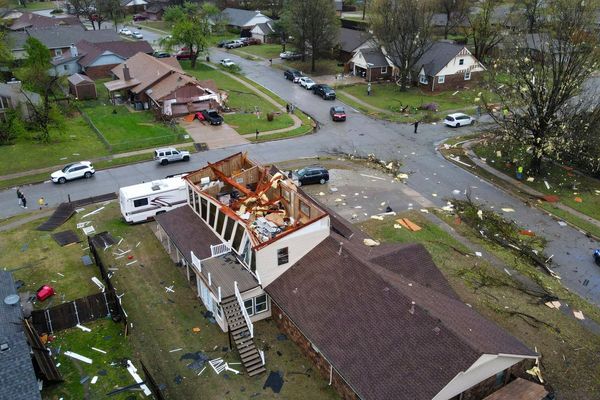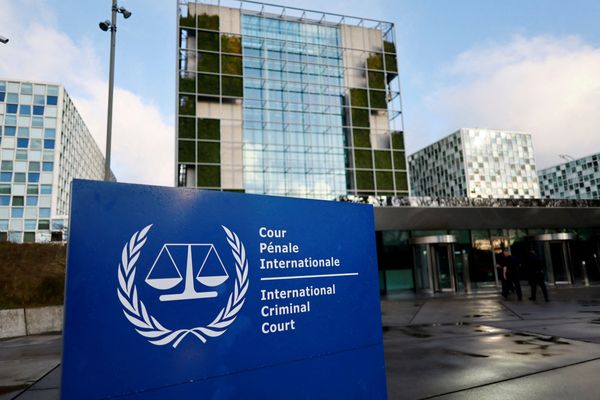
Critical information on some very vulnerable species only comes out four times a year - and conservationists want to know why
With a population of about 54 adult Māui dolphins living across a habitat stretching from Northland to Whanganui, most Kiwis will never lay eyes on one.
Along with its cousin the Hector’s dolphin, whose breeding population hovers around a precarious 15,000, these diminutive dolphins with their trademark rounded fins face a barrage of existential threats, from fishing nets to toxoplasmosis.
But on Christmas Day, some Kiwis got the chance to spot one of these rare creatures on Muriwai Beach in Auckland. Unfortunately, the dolphin was already partway through the job of being decomposed - another shake in the death rattle of the world’s most endangered species of dolphin.
But while some one-off cases like this did attract media attention, deaths of Māui and Hector’s dolphins are often not publicised by the Department of Conservation (DoC), until they quietly update the incident database at the end of each quarter.
Christchurch-based marine mammal advocate Genevieve Robinson said nine Hector’s and one Māui dolphin have died since November - almost one per week.
But with current DoC processes, this information has traditionally only been made available to the public every few months, and the bodies of the animals themselves have sometimes not been uplifted for recording of sex, age or cause of death.
In the case of Muriwai’s tragic Christmas present, the dolphin was too far along the decomposition process and the sex and cause of death remain a mystery.
Nevertheless, those with an interest in keeping an eye on how the dolphins are doing are only drip-fed information by DoC, with updates posted in May, August and November of each year.
Robinson wonders why such vital information for New Zealand conservation isn’t given out freely.
“They know damn well that it’s extremely critical that people in the New Zealand Government and the public know this information - it’s also of international interest seeing as there's court action with Sea Shepherd and others overseas regarding the fishing industry,” she said. “We need to know these things, otherwise we can't act.”
When asked why public notification of the deaths adhered to an infrequent schedule, DoC marine technical advisor Kristina Hillock said the quarterly reports allowed staff to complete and collate all the needed paperwork, as well as providing time for any necropsy to occur.
“This means that when the data is shared with the public, we have the fullest and most accurate picture to be able to share,” she said.
However, as was the case with the Muriwai Beach Māui dolphin, sometimes the horse has already bolted when it comes to necropsy.
Data on dolphin incidents provided by DoC show a a range of outcomes when it comes to scientists getting information from the dolphin carcasses.
A Hector’s calf found washed up on the shores near Ōkārito on the West Coast in November last year was sent to Massey University for inspection. However, an issue with the freight meant the body wasn’t chilled, and decomposed past the point of worthwhile tests.
Another very small calf washed up in Marlborough in the very same month. By the time DoC staff had arrived, it was too decomposed for necropsy and a feral cat was eating its flipper.
Many other dead dolphins have been analysed by DoC and had their details published - but only once the quarterly update is due.
DoC’s response seemed to put the premium on the predictability of the timing of information, rather than any sense of immediacy, with Hillock saying the system means "the time when incidents are going to be updated is predictable for the public, and DoC staff can plan their work around knowing that this task needs to occur at this time.”
She did note that information is shared with mana whenua in a more timely fashion.
Lag-time on the dolphin database
Marine biology professor Liz Slooten of the University of Otago wondered about DoC’s stated reasons for providing information on this halting schedule - a schedule which seems to minimise the importance of the dolphins’ shrinking numbers.
“Imagine if information on Covid was only provided on a quarterly basis,” she said. “When a dolphin dies on a beach or in a fish net in November, why do they hold it until April?”
The fallout of this lag-time could be reduced media coverage - if a reporter is sent a picture of a dead dolphin found that very day, the story may appear in the press the next day. However, if all of the deaths are collated and then publicly notified when they are months old, they are less likely to get reported widely.
And with species with populations already low enough to slip past the point of no return towards extinction without most Kiwis even realising, the risks of information blockage are heightened.
“Changes at a significant population level on a short time scale could plausibly occur for Māui dolphins due to the small population size,” said Hillock. This means in the time it takes for the freshest data to be made available, huge proportional changes in the population of the Māui dolphins may have occurred. And betting odds wouldn’t be on growth at this point in the dolphins’ story.
This is less likely for the Hector’s dolphins with their larger population, but they are still classed as nationally vulnerable by DoC itself.
This leaves it to the media to publicise the frequent deaths of the dolphins. Whether this happens enough may be something of a matter of opinion, but it is difficult to argue that DoC, in possessing all of the details, could do its part to ensure these events are reported whenever they happen.
“In some cases, particularly in notable circumstances, individual incidents (or unusual clusters) will be reported via the media, but this is separate to the reporting via the database,” Hillock said.

‘Conservation is everybody’s business’
Slooten suspects this is the result of DoC shifting its attentions away from conservation and towards business and economic interests - a claim backed up by this study about changes in the department over the years.
This includes changes like cutting back on operational, science and technical staff and building a closer relationship to the Ministry of Primary Industries.
The authors of the study found that since its creation in 1987, DoC has been given various makeovers, with at least six restructures in 32 years.
“The study finds DoC’s core function has changed over the years to supporting the economy,” Slooten said. “They’ve been told by Government that they need to build these relationships with business.”
She pointed to their partnerships with companies like Air New Zealand, with whom they developed a recent safety video - the story of a young girl who transports a lost takahē to his new home with help from the two organisations.
“People like me are sort of going air travel - not really that compatible with conservation…” Slooten said. “They may have gone from green to greenwashed.”
DoC’s relationship with the Ministry for Primary Industries is shown by the fishery observer programme, wherein employees of MPI go out on the fishing vessels to observe and report any incidents with protected species.
However, these observers must be prioritised onto ships operating in high-risk areas, as covering the entire territory of the dolphins would be a herculean task.
“Observer coverage is very high in areas where Māui dolphins can be found,” Hillock said.
Five hundred and seventy-one Hector’s dolphins have been found dead since 1922 - something around 4 percent of their total modern population. More than 100 of these were reported as being killed by humans, usually due to entanglement with fishing nets. In a few cases they were harpooned and once struck with a vessel.
The bulk were found dead on the shore, with little to tell of the cause of their death in many cases. Some of the dolphins cases have notes jotted down suggesting they may have fallen foul of human’s unknowing excursions into their territory.
“Net-marked carcass… One eye had been pecked out,” reads the notes on a Hector’s dolphin, its body cast on a beach in Timaru.







